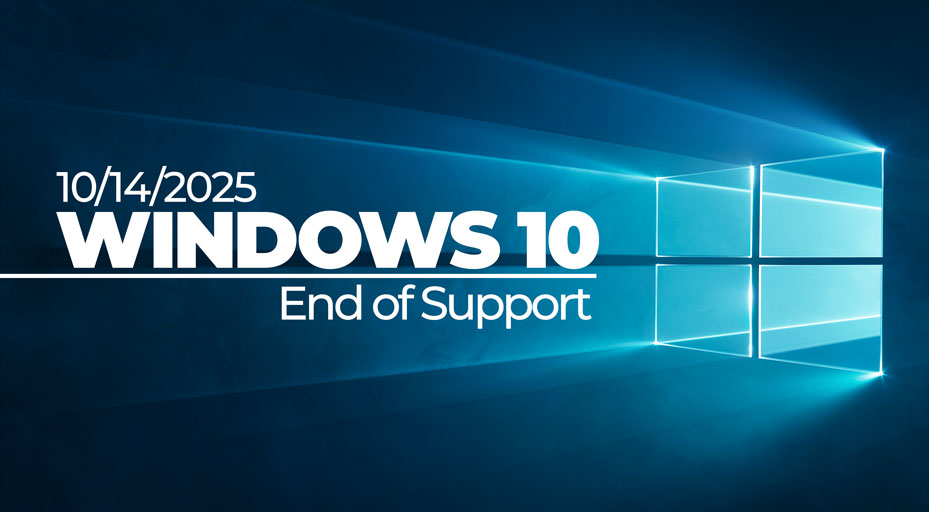
Microsoft has announced that October 14, 2025, will be the End of Support date for Windows 10, including the Home, Pro, Enterprise, and Education editions. Since it may take months to ensure your systems are set up to run Windows 11, IT administrators and departments should begin the transition process as soon as possible. In this comprehensive guide, our experts explain everything you should consider while preparing for your system upgrade.
How long will the process take?
Most departments require a few months of planning and a few months of implementation. You should complete the upgrade about six months before End of Support, to ensure there’s no gap in service. That means IT administrators should start planning in Fall 2024.
What if I can’t upgrade in time?
Won’t make the deadline? For the first time, Microsoft is offering an Extended Security Updates (ESU) program for Windows 10, giving customers the option to continue receiving security updates past the End of Support date. ESU contracts will be offered for 12-month coverage periods starting in October 2025. For businesses, the first-year contract will be $61, and the price will double in each successive year.
How do I know whether my system can support Windows 11?
There are two pivotal hardware components that determine compatibility with Windows 11: The CPU, and the Trusted Platform Module (TPM) chip. If either of those hardware components are older than 2019, your system may not be compatible with Windows 11.
For PCs, Windows 11 requires a 64-bit processor from AMD, Intel, or Qualcomm, with at least 1GB of memory, 64GB of local storage, and TPM 2.0 installed and enabled. If you’re not sure whether your hardware meets the minimum requirements, Cove Computers can run a test that will determine if your computer is upgradeable to Windows 11.
If your computer is not able to be upgraded to Windows 11, Cove Computers can offer you a comparable computer at a competitive price, we can also make sure all your personal data is transferred to the new computer. Check out our services page for more information.
What happens during the upgrade?
Newer systems may upgrade automatically via Microsoft updates. For older systems, you will likely have to perform a clean install by wiping out the existing software and starting fresh. Whether the upgrade is manual or automatic, your systems will be offline for a few hours–so schedule strategically to minimize loss of productivity during the downtime.
If the update fails, there is a potential for loss of data. Microsoft uses a rollback feature that will restore your system to its pre-fail state. But it is still important to back up all your data before upgrading. Our team can help ensure all backups are in place.
Do I have to upgrade to Windows 11?
Technically, no. you can keep running Windows 10 even after the End of Support date. However, Microsoft is constantly monitoring for software exploits and releases weekly or biweekly security updates to keep their customers’ systems safe. After End of Support, they will stop releasing those security updates, leaving your computer at risk.
Another disadvantage of continuing with Windows 10 is the potential for incompatibility issues down the line. If you want to upgrade other software or hardware, such as video cards, many will have Windows 11 as a minimum OS requirement.

